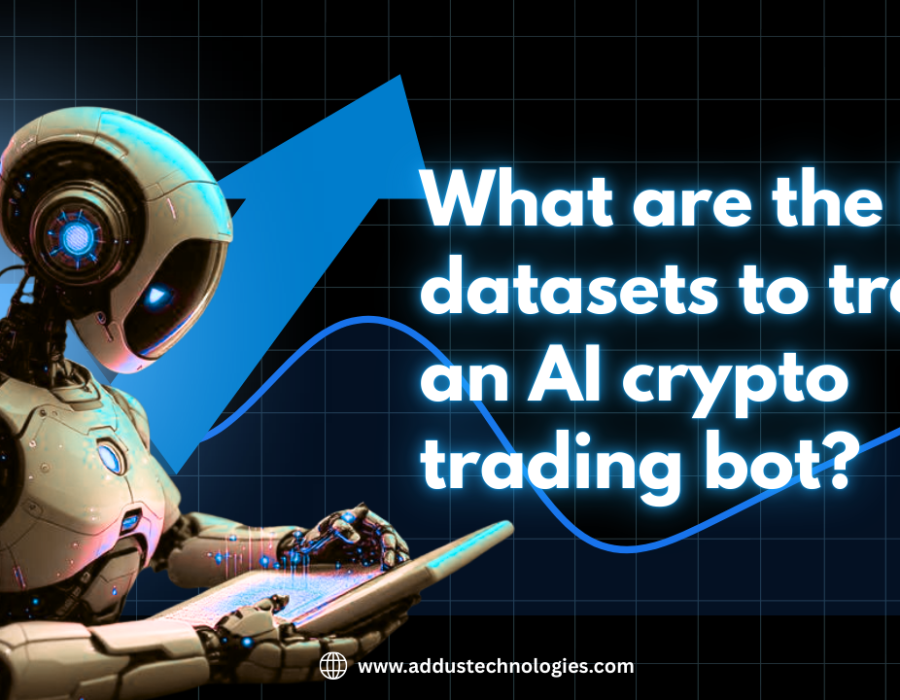When it comes to building an AI crypto trading bot, the quality of your dataset often determines how effective and profitable the bot will be. Just like any other AI or machine learning model, your crypto trading bot can only be as good as the data it is trained on. The cryptocurrency market is highly volatile, influenced by numerous internal and external factors such as market demand, whale activity, global economic shifts, and social sentiment. To capture these complexities, traders and developers must combine diverse datasets that provide both market depth and real-world context.
1. Historical Price Data (OHLCV)
The backbone of any trading dataset is historical price information. This includes OHLCV data—Open, High, Low, Close, and Volume. Nearly every exchange, such as Binance, Coinbase, or Kraken, provides this type of data. Historical prices allow AI models to identify patterns, seasonality, and momentum trends. Without this dataset, technical analysis and backtesting would be impossible.
2. Order Book Data
Order book snapshots add another layer of precision. They display real-time bid-ask spreads, liquidity zones, and buy/sell imbalances. Training your AI with order book data helps it understand short-term volatility and price movements. It’s particularly valuable for bots engaged in high-frequency trading (HFT), arbitrage, or scalping strategies, where millisecond decisions matter.
3. On-Chain Data
Unlike traditional finance, cryptocurrency operates on transparent blockchains. On-chain data—wallet activity, transaction volumes, gas fees, and token transfers—provides insights into actual user behavior. For example, a sudden increase in stablecoin inflow to exchanges could indicate a buying trend, while large wallet transfers might predict upcoming volatility. Sources like Glassnode, Dune Analytics, or direct blockchain nodes are commonly used for this purpose.
4. Sentiment Data
Markets are not driven solely by numbers—they are also influenced by emotion. Social sentiment, gathered from Twitter, Reddit, Telegram groups, and crypto news outlets, can be analyzed using Natural Language Processing (NLP) to measure crowd psychology. By feeding sentiment scores into your AI model, your bot can react faster to breaking news, influencer tweets, or market FUD (Fear, Uncertainty, and Doubt).
5. Macroeconomic & Correlated Assets Data
Crypto does not exist in isolation. Bitcoin often correlates with global markets such as the S&P 500, Nasdaq, or even gold. Additionally, macroeconomic indicators like inflation data, interest rates, or geopolitical news can trigger significant crypto price movements. Including these datasets allows AI models to learn how external financial environments affect crypto trends.
6. Alternative Data Sources
Lastly, unique data points such as GitHub activity (developer commits), Google Trends, exchange inflows/outflows, and futures funding rates can enhance your dataset. These often serve as leading indicators of adoption, hype cycles, and market confidence.
Conclusion
The best AI crypto trading bots rely on a hybrid dataset strategy rather than a single data source. Historical OHLCV data ensures a strong foundation, on-chain analytics reveal blockchain health, sentiment analysis captures human psychology, and macroeconomic data contextualizes the market within the global economy. By combining these diverse datasets, developers can train resilient bots that adapt to volatility, detect risks, and exploit profitable opportunities in real time.
Visit-
https://www.addustechnologies.com/ai-trading-bot-development-company





Comments